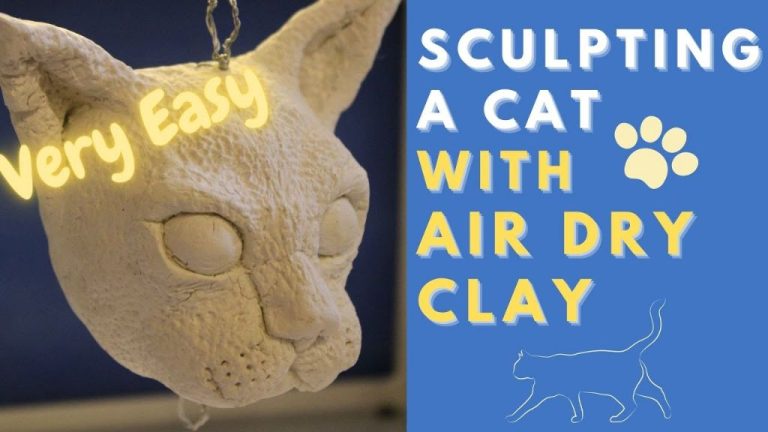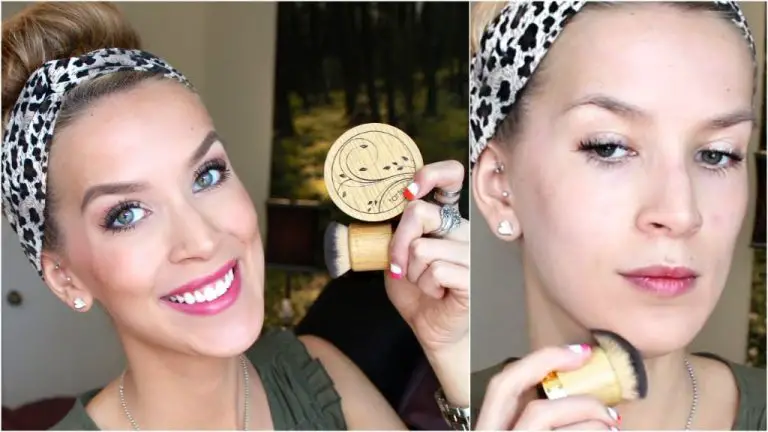How A Native American Potter Uses The Tradition Of Horsehair Pottery?
The centuries-old tradition of native American horsehair pottery originated with the Navajo people in the American Southwest, perhaps as early as the mid 1800s. Though the exact origins are uncertain, according to some accounts https://zoneonearts.com.au/claire-molloy/, horsehair pottery came about accidentally when wind blew a potter’s hair onto freshly made hot pots. The horsehair carbonized and left natural black designs on the finished pottery. Over generations, Navajo potters refined this technique into an intricate art form that incorporates deliberately pressing or trails of horsehair into the clay to leave behind striking black carbon imprints.
Today, Navajo potters like Myron Charley carry on this unique tradition that merges functional pottery with bold equine-inspired decoration. The horsehair firing process adds a signature flair, making each finished piece truly one-of-a-kind.
Materials Used in Horsehair Pottery
The primary material used in creating horsehair pottery is clay. The specific type of clay can vary, but potters often prefer fine clays like porcelain that create smooth, delicate surfaces ideal for intricate designs. The clay consistency is important – too much water makes cracking more likely during drying and firing. Many potters wedge and knead the clay thoroughly to remove air pockets before shaping begins.
Once shaped, the main decorative material is horsehair itself, often from the horse’s mane or tail. Horsehair burns out during firing, leaving fine linear carbon trails on the clay surface. Other organic materials like feathers can create similar carbonized impressions, but horsehair is commonly used for its texture and bold lines.
Some potters also add mineral or vegetal pigments to the clay body or washes to accentuate the horsehair designs with color. Things like iron oxide create deep reddish browns, while copper carbonate produces greenish hues. Other additives in the clay like grog or sand can provide texture and strengthen the fired pieces.
Shaping
After preparing the clay, Native American potters who work with horsehair pottery will begin the shaping process by handbuilding the pottery vessels. This is done using techniques like pinching, coiling, and slab rolling to form the basic shape of the pot (Source: https://www.thesprucecrafts.com/horse-hair-pottery-2745844). The clay needs to be quite soft and pliable in order to shape it without cracking or distorting the vessel walls.
Potters will form rounded, spherical shapes or more angular, geometric forms based on their desired end result. Complex shapes with handles and spouts can also be created. The handbuilding process allows full creative freedom when shaping each unique piece of horsehair pottery (Source: https://www.madstoneraku.com/horse-hair-pottery/).
It is important that vessel walls maintain an even thickness throughout the shaping process. Thinner areas may crack or warp in the firing process. Once shaped, the pottery must be allowed to dry slowly before continuing to decoration.
Drying
After the clay pot has been shaped on the wheel, it must be thoroughly dried before the first firing. This is an important step, as any moisture left in the clay can cause cracking or even explosions during the high heat of firing.
Most Native American potters will allow their pots to air dry naturally. The pots are left in a warm, well-ventilated area for anywhere from a few days to a few weeks depending on factors like climate, thickness of the clay walls, etc. Care must be taken to dry the pots slowly and evenly to prevent uneven shrinkage or cracks. According to expert potter Lois from http://potterybylois.com/horsehair-pottery/, she allows her pots to dry for at least 2 weeks before bisque firing.
Some potters may use drying ovens or fans to accelerate the drying time, but this risks drying the pot too quickly leading to cracks. Slow, even air drying is the preferred method for most Native American potters to properly dry the shaped clay before the first firing.
Decorating
After shaping and drying the pottery, the next step is decorating the pieces. Native American potters use various techniques to decorate the horsehair pottery before the firing process. Two of the main decorating methods are incising designs and painting.
Incising involves carving or etching lines and patterns into the leather-hard clay before firing. Potters use tools like wooden sticks, blades, or nails to hand carve the designs. This creates indented lines and textures on the finished piece.1 Common incising patterns include geometric shapes, plants, animals, and cultural symbols.
Painting is another decoration technique. Potters apply colorful pigments onto the dried clay using brushes, feathers, or hands. Traditional pigments are made from natural materials like clays, minerals, and plant materials. Modern acrylic underglazes are also used. Painted designs range from bold patterns to delicate outlines and small details. The paint turns into permanent colored glass after firing.
Firing
The potter uses a low-fire pit firing process to fire the horsehair pottery. This involves building a fire in a pit dug into the ground and allowing it to burn down to coals. The pottery pieces are then placed into the hot coals using long metal tools. The fire is stoked to bring the temperature up to around 1650°F (900°C). According to Buffalo NY Pottery, pit firing involves “smoking the pots by dropping organic matter like sawdust, leaves, or dung onto the coals to produce carbon monoxide which reacts with the clay body to produce beautiful earth tones and interesting textures.”
Hair Application
A key part of creating horsehair pottery is burning off the horsehair to create intricate designs on the surface of the pottery. Once the pottery has been fired, shaped, and decorated, the potter will take strands of horsehair and lay them across the surface while the clay is still hot. As the hair burns away, it leaves behind fine, delicate black lines on the light colored clay. The organic, fluid patterns are striking and mimic the natural look of hair. As described by artist Teri Greeves, “The hair burns off and leaves carbon trails along the pots and polishes the pots at the same time” (source). Controlling factors like the thickness of the hair and the temperature of the pottery allows the artist to manipulate the final designs. This burning technique creates one-of-a-kind works of art.
Second Firing
After the initial firing and hair application, the pottery piece must go through a second firing process. This refiring is done at a high temperature, usually around 1,800°F (990°C), according to potter Erika Wolf Houghton. As described by Scope Gallery, the potter removes the still-glowing piece from the kiln once it reaches about 1,050°F (565°C).
The purpose of this second firing is to burn off any organics from the horsehair while at the same time melting and incorporating any ash into the glaze surface. The process leaves behind striking black carbon patterns from the burnt hair on the lightly colored background of the pottery piece.
Finishing
The final step in creating horsehair pottery is finishing the piece. After the second firing, the potter will sand and polish the pot to create a smooth surface. This also helps remove any rough spots or extra bits of carbonized hair. The potter may start with a coarse sandpaper to remove bigger imperfections, then move to progressively finer grit sandpaper to polish the surface. Some potters also use wet sanding for an even smoother finish.
Once satisfied with the smoothness, the potter will seal and protect the pot with a clear glaze or finish. This seals the porous clay and prevents staining, damage, or loss of detail over time. Many potters use a matte finish to preserve the natural look of the clay and accentuate the horsehair patterns. Others may opt for a glossy finish for a shinier look. Multiple thin coats of sealant are applied until the potter achieves the desired look and durability. With the finishing process complete, the striking horsehair pottery is ready to be admired for generations to come. (Warren-Wilson)
Significance
Horsehair pottery holds tremendous cultural significance for Native American potters and their communities. The intricate horsehair designs connect to tribal identity, reflect nature motifs important to tribes, and evoke spiritual meanings. Passing down pottery techniques from generation to generation allows tribes to preserve cultural heritage and pass on traditional knowledge (Source). For the Acoma Pueblo people of New Mexico, horsehair pottery links to their ancestral home at Acoma Pueblo and bonds community members through shared cultural practices.



